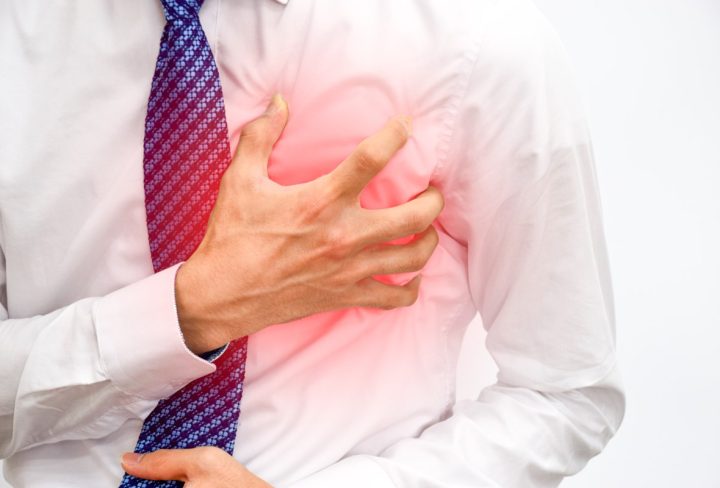Cardiac arrest is a life-threatening emergency when the heart suddenly stops beating. Quick response and immediate intervention can make a significant difference in saving lives. Here are simple steps to follow when faced with a cardiac arrest situation.
- Recognize the Signs: Learn to identify the signs of cardiac arrest: the person is unresponsive, does not breathe normally, and has no pulse. If you see someone collapse or notice these signs, it might be a cardiac arrest.
- Call for Help: Call emergency services right away. Dial the local emergency number or ask someone nearby to make the call while you attend to the victim.
- Start Chest Compressions: Place the person on a firm surface. Kneel beside them, and using the heel of your hand, push hard and fast in the center of their chest. Aim for around 100-120 compressions per minute. Allow the chest to fully recoil between compressions.
- Use an AED (Automated External Defibrillator): If available, switch on the AED and follow the voice or visual prompts. Apply the electrode pads to the person’s bare chest as directed. Let the AED analyze the heart rhythm. If a shock is advised, make sure everyone is clear before pressing the shock button.
- Provide Rescue Breaths: After 30 compressions, tilt the person’s head back and lift their chin to open the airway. Pinch their nose shut and give two breaths, watching for chest rise. Each breath should be given over about one second.
- Continue CPR Until Help Arrives: Keep performing CPR until professional help arrives or the person shows signs of life. If you get tired, ask someone nearby to take over while you rest. Remember, every minute counts, so keep the CPR going until help arrives.
Responding to a cardiac arrest is critical, and these simple steps can make a difference in saving a life. Recognize the signs, call for help, start chest compressions, use an AED if available, provide rescue breaths, and continue CPR until professional help arrives. By following these simple actions, you can help increase the chances of survival in a cardiac arrest emergency.

